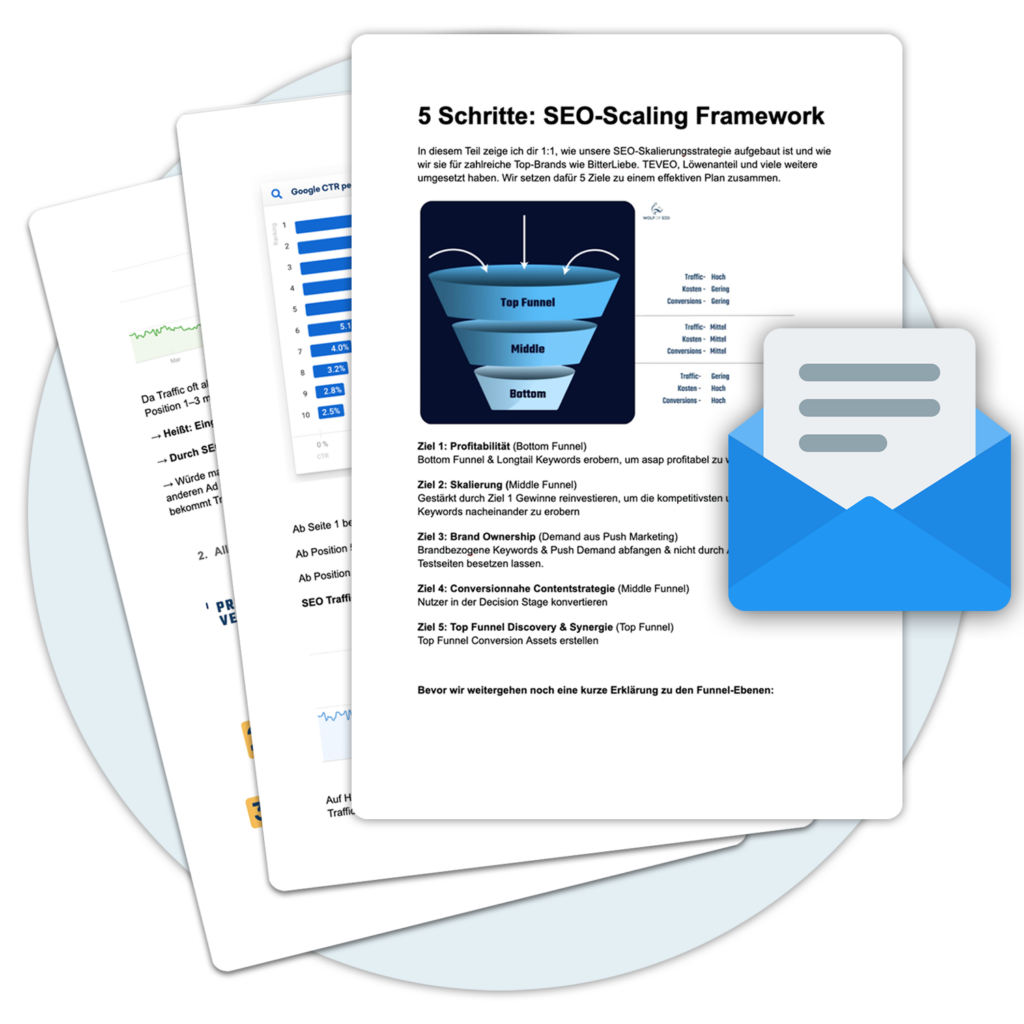What is AMP (Accelerated Mobile Pages)?
If you've ever searched for content on the web and interacted with the results on a mobile device, you've probably come across AMP or Accelerated Mobile Pages bumped.
The AMP is an open source framework developed by Google in collaboration with Twitter. The Accelerated Mobile Pages ensures better and faster renderings of websites on the mobile web. At its core, the framework allows you to load less load-heavy results for mobile by simplifying the HTML and adhering to optimized CSS rules.
Furthermore, AMP was originally developed in response to Facebook's "Instant Articles". Over the years, however, it has evolved into a powerful platform for delivering content directly from search results with almost unbeatable speed. A few months ago, Google drew a line in the sand with the announcement that it was moving towards adding AMP technology framework to the web standard.
How does AMP work?
By and large, the AMP framework consists of 3 main parts.
- AMP HTML: Think of AMP HTML as a slimmed-down version of regular HTML. The AMP framework has strict rules for the HTML tags. To ensure fast page loading as a result, certain HTML elements such as forms are not allowed in AMP. The AMP framework also requires that you use an optimized version of CSS. Check out the full list of required HTML tags for the AMP framework. None of this should be new if you're used to creating web content with modern HTML and CSS.
- AMP JS: To ensure fast page loading on mobile platforms, AMP restricts the use of Javascript. The only exception is AMP scripts, which are optimized with page load acceleration in mind. What AMP removes with in the context of JS, it provides with a library of easy to implement components. With AMP's extensive component library, you can create animations, dynamically load content, change the layout, and more. (And don't worry, there's also an AMP component for DSGVO compliance).
- AMP-CDN: An important component of the AMP platform is the proxy-based Content Delivery Network (CDN), which is commonly known as AMP Cache. The CDN fetches AMP content and stores it in the cache for fast delivery. By default, the AMP CDN stores all valid AMP content in the cache and does not offer a logout option. However, you can continue to use your own CDN provider on the AMP cache to store your Content-customize deployment configurations.
So, should I use AMP for my website?
In the few years since AMP was launched, it is widely recognized that media sites perform well on AMP. Since the majority of content on media sites is static, these sites have seen a significant increase in organic search traffic. In addition, Google has also made it easy for publishers to highlight their content with Rich Cards. At E-commerce-Websites with highly dynamic content that changes based on user selection (filtering, sorting, adding to cart, and more dynamic user actions) have increasingly shown how much AMP can boost performance on mobile. All SEO and mobile performance enthusiasts seem to agree that a well-implemented AMP website will:
- Possible increase in organic search traffic.
- Increase engagement and conversions resulting from faster and better mobile experiences.
- Reduce the load on your servers as AMP caches CDN caches and accesses the most Search results reacts.
- Provide a way for your content to be better presented in the AMP carousel on mobile search results.







